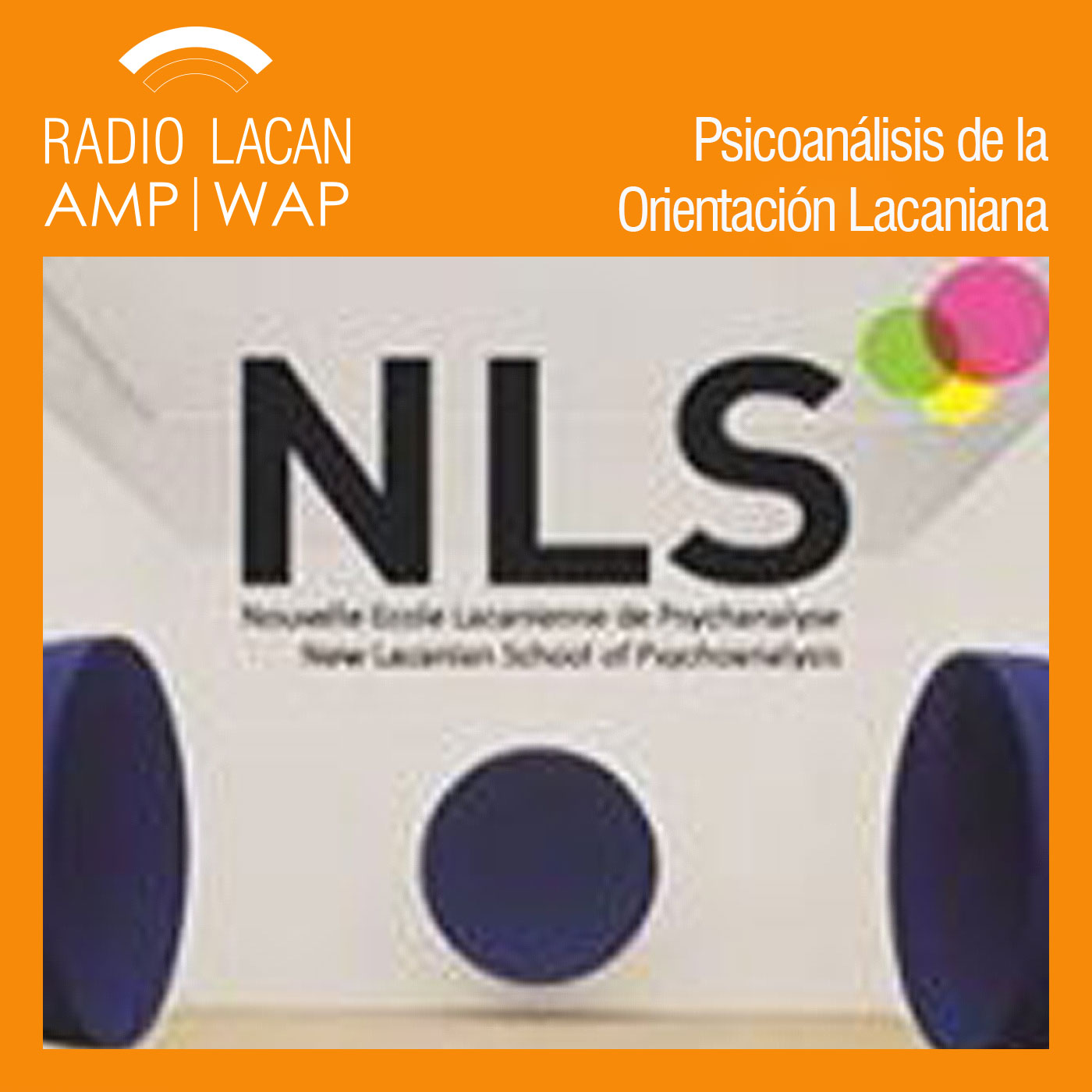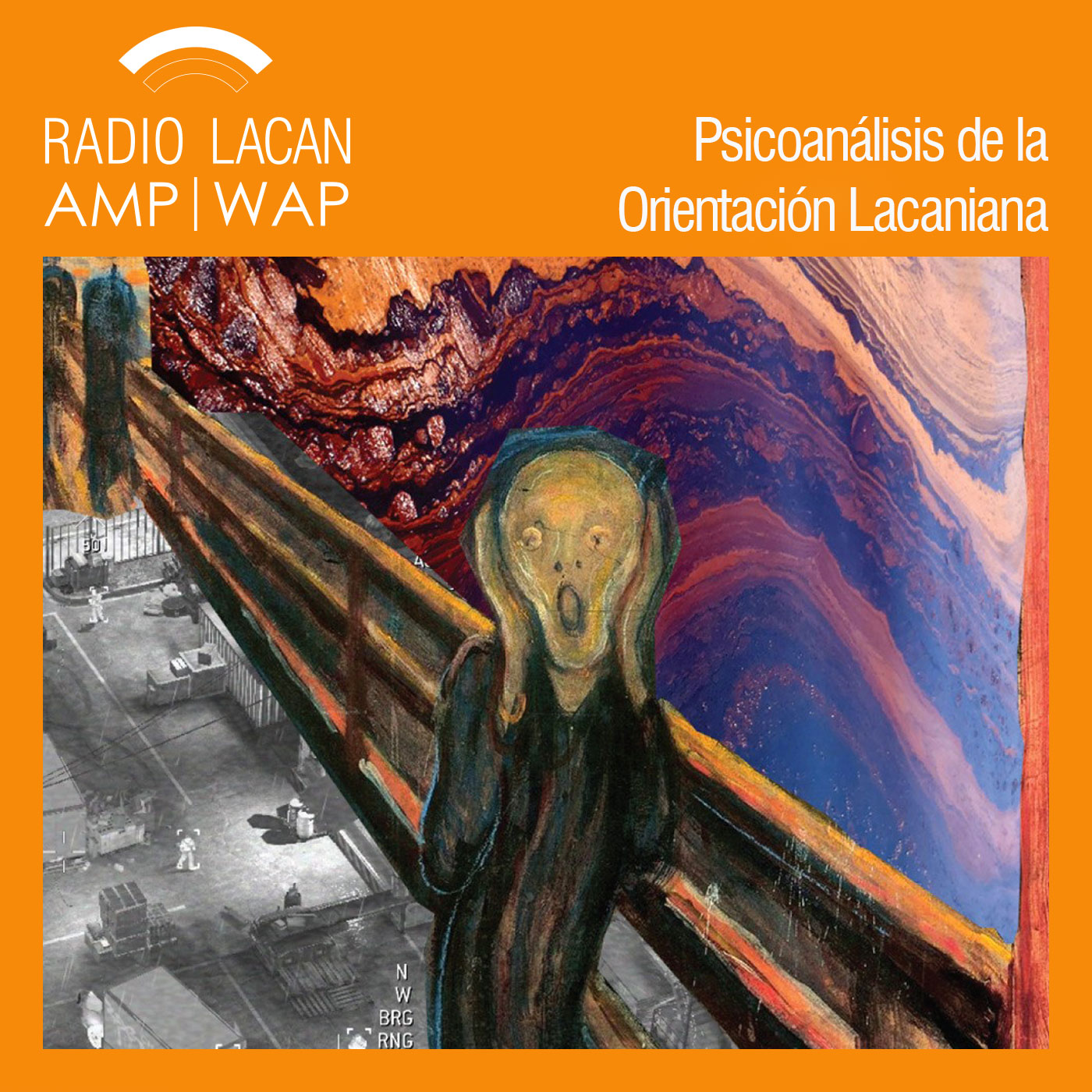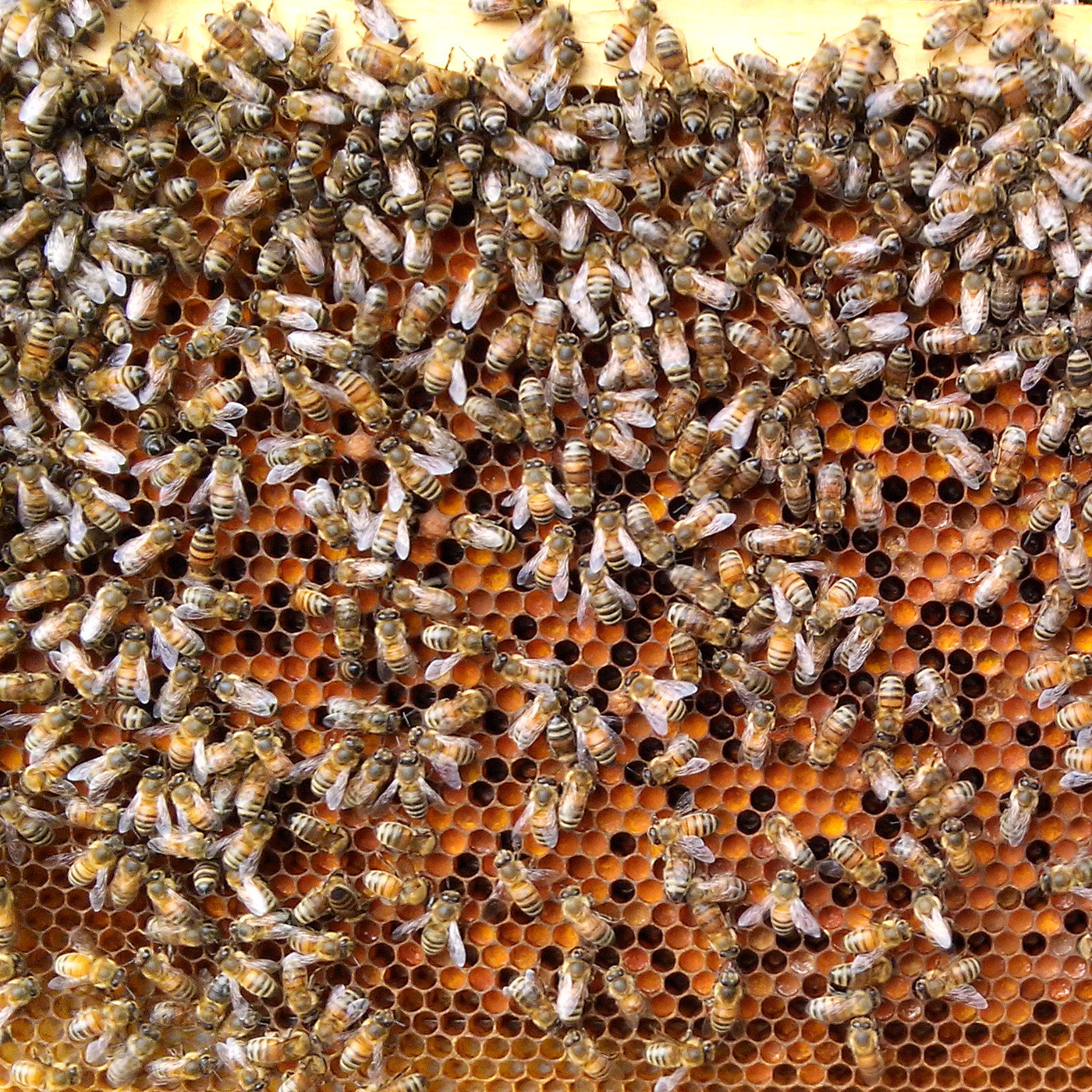 |
Earthquake Science Center SeminarsAuthor: U.S. Geological Survey
Open dialogue about important issues in earthquake science presented by Center scientists, visitors, and invitees. Language: en-us Genres: Education, Natural Sciences, Science Contact email: Get it Feed URL: Get it iTunes ID: Get it |
Listen Now...
Fault damage zone evolution across distributed fault systems: Insights from Ridgecrest, California
Wednesday, 24 April, 2024
Zachary Smith, University of California Berkley Intense dynamic stresses during earthquakes can activate numerous subsidiary faults and generate off-fault damage that alters fault properties and can impact the source processes and rupture dynamics of future earthquakes. Distinguishing how much damage accumulates during a single earthquake versus multiple earthquake cycles and determining how the magnitude of earthquakes impacts off-fault damage remains challenging. We combine geodetic, field, and experimental observations to evaluate the relationship between slip and off-fault deformation during a single earthquake and to assess how deformation evolves through successive earthquake cycles. Our study is focused on distributed faults that ruptured during the 2019 Mw 6.4 and 7.1 Ridgecrest earthquake sequence. Coseismic surface offsets are well imaged by satellite observing systems and the faults cut dikes of the extensive Independence dike swarm which serve as excellent linear cumulative displacement markers and records of near-fault damage exposed at Earth’s surface. Geodetic observations allow us to constrain slip and off-fault deformation due to a single event and the dikes enable us to constrain cumulative displacements. We bridge the gap between space geodetic observations of deformation and laboratory scale deformation by collecting sub-millimeter resolution ground-based imagery and LiDAR across offset dikes and along bedrock sections of the major faults. Using these high-resolution scans, we compare fault slip with mesoscale fault-damage properties (e.g., fracture density and fragment size). Optical grain size analysis shows that fault damage is lithology dependent and that asymmetric grain size reduction of bedrock across faults is common. Fault zone asymmetry may result from slip on geometrically complex faults, preferred rupture directivity on subsidiary faults, or by distributed off-fault shearing, as observed in geodetic studies. We performed successive dynamic loading rock mechanics experiments to investigate how deformation may evolve over multiple earthquake cycles leading to the development of damage zone asymmetry and pulverized zones. Integration of geodetic, field, and laboratory observations provides a multiscale view of off-fault deformation to better inform the interpretation of inelastic strain accumulation in geodetic data, damage accumulation along large strike-slip faults, and seismic hazards associated with distributed shallow faulting.











